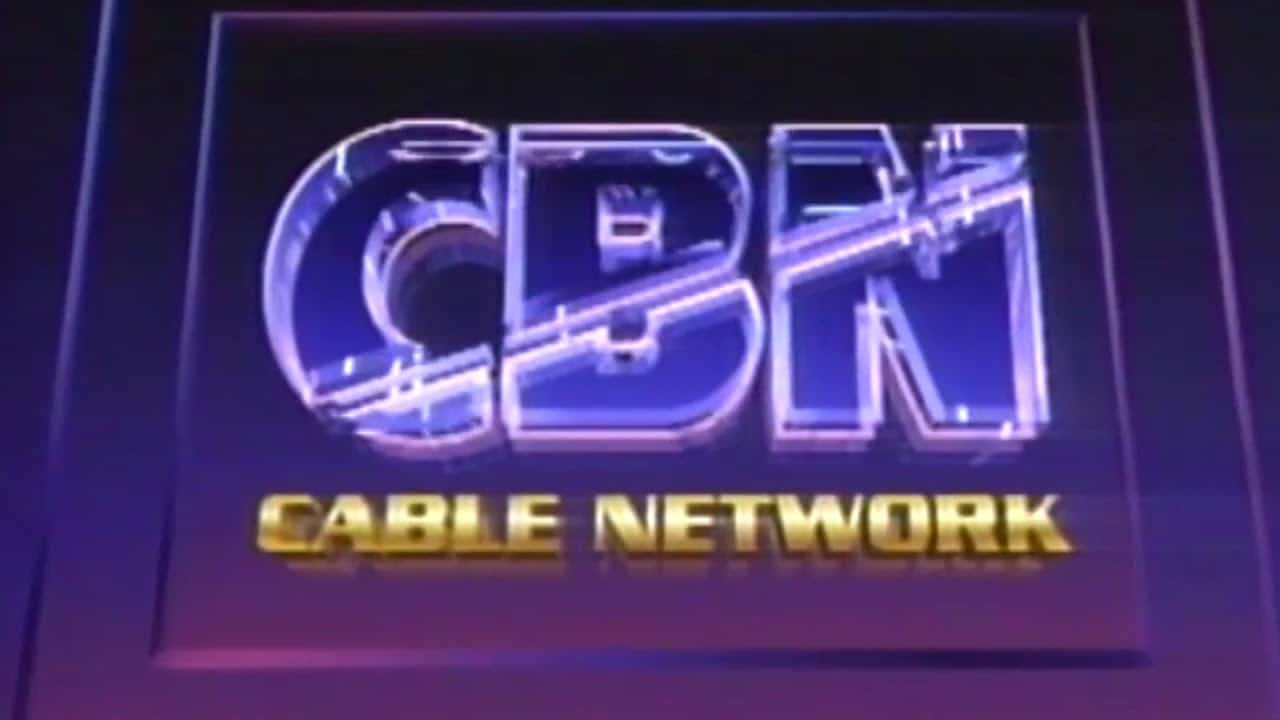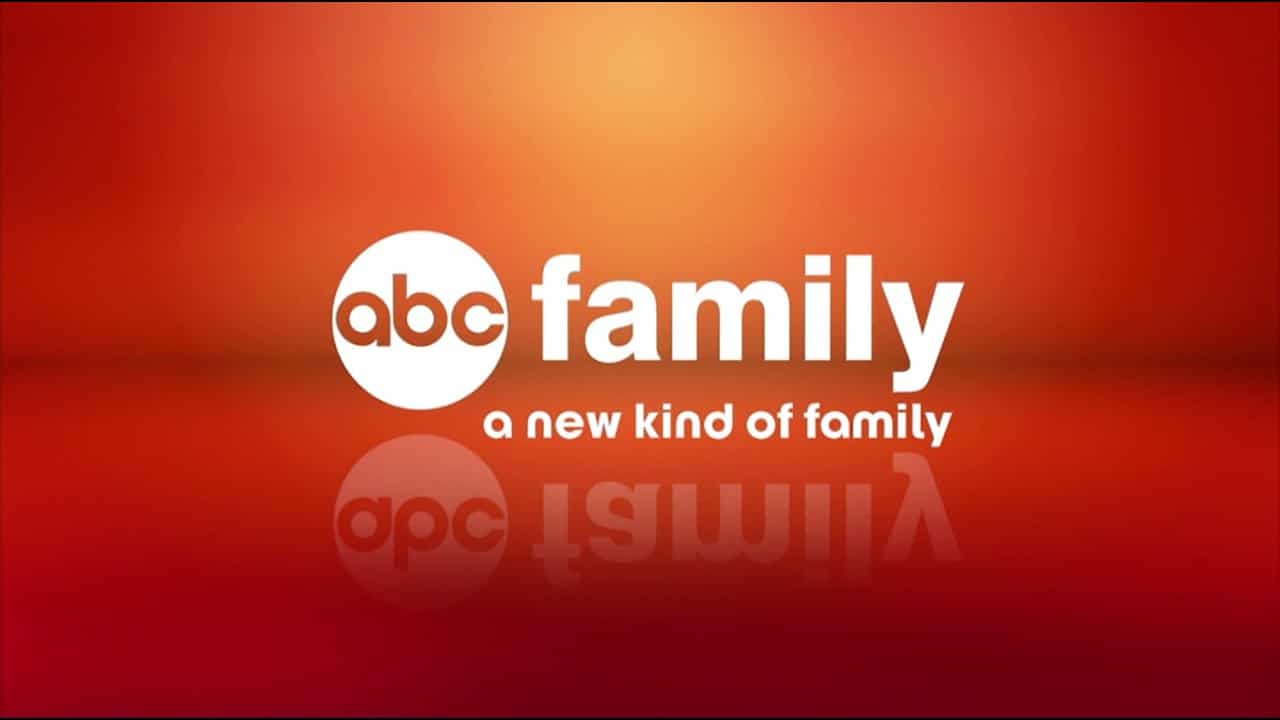Freeform, previously known as ABC Family, has a rich and varied history that spans several decades and multiple brand identities. It is a channel that has continually evolved, reflecting the changing landscapes of American television and its audiences. Here is a quick look this Freeform’s evolution from 1977-today.
The Early Years: 1977-1988

Freeform originally launched as the CBN Satellite Service in 1977, an extension of Pat Robertson’s Christian Broadcasting Network (CBN). It was one of the first satellite-delivered cable channels and initially focused on religious programming. By the early 1980s, the channel expanded its scope to include family-oriented programming, which led to its rebranding as the CBN Cable Network.
A Family Channel: 1988-1998

In 1988, the network once again rebranded, this time as The Family Channel. The focus shifted to include more entertainment programming, including reruns of classic television shows, family movies, and original programming. The Family Channel found its niche by offering programming that appealed to a broad family audience, filling a gap in the cable television landscape.
Fox Family and a Shift in Focus: 1998-2001

The Family Channel underwent significant changes in 1998 when it was sold to Fox Kids Worldwide, a joint venture between News Corporation and Saban Entertainment (The company that brought us the Mighty Morphin Power Rangers). It was then renamed Fox Family. With this change, the channel began to target a younger demographic, including teenagers and young adults. The programming included a mix of children’s shows during the day and more teen-focused shows in the evenings.
Acquisition by Disney and the Birth of ABC Family: 2001-2016

In 2001, The Walt Disney Company acquired Fox Family Worldwide, and the channel was rebranded as ABC Family. This era introduced a blend of programming that included syndicated reruns, films, and original series. ABC Family’s strategy was to appeal to what it called “millennials” — a young, tech-savvy audience. The channel became known for its original series like “Pretty Little Liars,” “The Secret Life of the American Teenager,” and “Switched at Birth,” which garnered strong followings. The annual “25 Days of Christmas” programming became a staple, featuring a lineup of holiday films and specials.
Freeform: 2016-Present

In 2016, ABC Family transitioned to Freeform. The rebrand was part of a strategic effort to distance the channel from the “family” moniker, which executives felt was too limiting and not representative of the channel’s increasingly edgy and adult-oriented programming. Freeform aimed to target “becomers,” a demographic of young adults navigating the transition from adolescence into adulthood.
Freeform’s programming strategy under the new brand became more focused on original series that tackled social issues and offered diverse perspectives. Shows like “The Fosters,” which explored themes of foster care and LGBTQ relationships, and “Grown-ish,” a spin-off of ABC’s “Black-ish,” continued the trend of socially conscious storytelling.
Programming Philosophy and Impact
Throughout its various incarnations, the channel has maintained a commitment to programming that reflects the interests and values of its target audience. It has evolved from a platform for religious broadcasting to a leader in youth and family entertainment. The channel has also been a pioneer in adopting digital platforms and social media to engage its audience, recognizing the importance of multi-platform content delivery.
Freeform’s programming has often been praised for its willingness to tackle complex and often controversial topics. Its original series have addressed issues such as mental health, sexuality, race, and family dynamics, often pushing the boundaries of what is traditionally seen on a network with family roots.
The Future
As the media landscape continues to evolve with streaming services and digital platforms becoming increasingly prevalent, Freeform has continued to adapt. The channel has expanded its digital presence, offering its programming across a variety of platforms, including its Freeform app, which allows for live streaming and on-demand viewing.
Freeform’s ability to reinvent itself while maintaining a connection to its core audience is a testament to its enduring brand. From its beginnings as a religious broadcaster to its current status as a go-to network for young adults, Freeform has consistently found ways to stay relevant in the ever-changing world of television.
Freeform’s history is a microcosm of the broader history of cable television. Each rebrand and shift in programming philosophy reflects broader trends in American culture and television. As it continues to adapt and evolve, Freeform stands as a channel that has not only witnessed the evolution of television but has also played a significant role in shaping it.
Related News:
- ‘Cruel Summer’ and ‘Good Trouble’ Canceled at Freeform, December 8, 2023
- Disney Top Executives Assure Staff Of Commitment To FXX, Freeform & Other Cable Nets Dropped By Charter, September 12, 2023
- Production on Freeform’s “Good Trouble” Halted Due to Writer’s Strike, May 10, 2023
- Disney TV Studios Marketing Dissolved, Freeform & ABC Executives Among Those Let Go in Second Round of Disney Layoffs, April 26, 2023
- Freeform Announces Summer Premiere Dates for “Cruel Summer,” “grown-ish” and New Series “Praise Petey”, April 18, 2023
- Freeform’s “grown-ish” to End With Season 6, March 30, 2023



